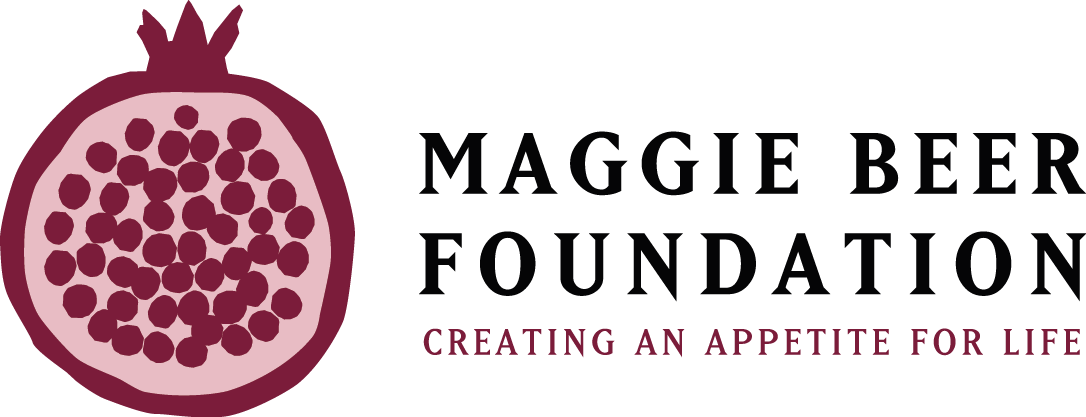Growing and eating food fresh from the garden is something that most gardeners get to enjoy. There’s nothing like the flavour of a homegrown tomato, freshly picked basil and parsley or the crunch of a well-grown lettuce leaf.
Within aged care, kitchen staff are creating delicious and nutritious meals for residents to ensure they are well cared for and stay healthy. So to provide extra nutrients and flavour to foods, it would be wonderful for kitchen staff to access fresh food grown onsite.
One question that always gets asked at the Creating an Appetite for Life Masterclass is “can food grown onsite be cooked and served to residents?” The answer to this is YES!
But to ensure organisations follow food safety practices, the individual home must include in food safety plan that fresh food grown onsite is used in the kitchen. (We are happy to provide extra information to assist you with this)
I also suggest that a few simple organic gardening methods are followed to ensure the food is grown with care for the residents. Read more on organic gardening here…
So how do we connect the garden to the kitchen for residents to access the benefits of home-grown foods?
The first step is for chefs and kitchen staff to discuss their fresh food needs with activities/lifestyle coordinators.
To ensure the food that is needed for the resident’s meal is grown onsite, the kitchen staff would provide a list of fresh foods that are required.
Obviously not all foods are going to be grown within the gardens, but a few fresh ingredients that are easy to grow and best used fresh would be grown for harvest.
A few suggestions are;
- Herbs of parsley, chives, basil, thyme, oregano and mint. All easy to grow and delicious when used fresh.
- Leafy greens like lettuce, silverbeet and sorrel.
- Sweet little cherry tomatoes.
- Lemons and Limes can be grown in the garden or in large containers.
- Garlic grown organically tastes delicious!
- Sweet potatoes grow in most locations year-round.
- Pumpkins grown through Spring and Summer in larger garden areas.
Once the kitchen team have decided on a range of foods they would like grown, the next step is for the activities team to discuss these foods, and if or when they can be grown, with the gardening group.
TIP – Listen to my podcast episode HERE if you would like information on establishing a gardening program. You’ll also find extra information to assist with gardens and activities.
Through the gardening program, participants will assist with growing and maintaining edible crops to harvest for the kitchen.
The benefits of food grown by residents and harvested for the kitchen are;
- Residents access the health benefits from participating in gardening activities.
- Food is organically and seasonally grown with zero food miles.
- Crops are harvested fresh as required by chefs.
- Food that’s homegrown has more flavour and is higher nutritionally than transported store bought foods.
- Harvesting and delivering delicious food to the kitchen helps to boost the self-esteem and confidence of residence and also gives them a purpose. This is especially helpful for residents in memory support units.
- Staff are bridging the gap between providing meaningful activities for residents to kitchen staff wanting to access healthy food for the meals.
- Organisations are adding value to their clients and improving the sustainability roadmap for each home.
Once the garden group have a list of foods required by the kitchen staff, gardeners and activities staff can plan what to grow each season, where the crops are grown, jobs for gardeners to complete and a simple maintenance schedule for the gardens.
Another activity that can be included in the gardening program is the establishing of compost systems. Some of the food scraps from the kitchen are collected by gardeners and composted onsite. This helps to reduce waste while providing fresh compost to improve the soil in gardens. All part of a closed loop system!
Find more information on composting HERE and improving garden soil HERE.
These are just a few simple suggestions for staff to work together to provide meaningful activities and healthy food for residents.
Are you interested in accessing ideas for gardening activities?
Find information on the Soil to Supper Seasonal Gardening Programs HERE and access weekly fun and meaningful activities for residents of all abilities to enjoy.
If you have any questions about gardening activities or growing food in-house please contact me – cath@soiltosupper.com
Growing with you,
Cath
Cath Manuel is a Horticultural Consultant specialising in therapeutic gardening and kitchen gardens. She is the Founder of Soil to Supper which provides online programs and onsite services nationally. Cath has many years’ experience in the horticulture industry and has a great passion for sharing her knowledge to inspire people of all ages and abilities to enjoy gardening activities and grow fresh food.
Find more on therapeutic gardening at www.soiltosupper.com


